"Cold shutdown state" notwithstanding, Washington Post's Fred Hiatt wonders if Noda can pull it all off - taxing the already burdened taxpayers, restarting the nuclear power plants with threats of blackouts, resolving the disputes over the military bases in Okinawa, and joining TPP that only the big businesses support. He is clearly hoping Noda can.
Net citizens of Japan are hoping he will fail, but who counts them for anything?
From Washington Post (4/19/2012):
Can Japan make the tough decisions?
The question here is no different than in Europe or the United States: Can democracies still rouse themselves to do hard things? Prime Minister Yoshihiko Noda, the sixth Japanese leader in as many years and by many accounts the most sensible, is trying to provide a novel answer.
Much of Europe has spent itself into near-bankruptcy. In Washington, Simpson-Bowles has come and gone.
Here, it is prime ministers who come and go, while indebtedness rises (Japanese government debt is 230 percent of gross domestic product, compared with 103 percent in the United States, according to a new report from the International Monetary Fund) and other problems get kicked down the road.
Noda has picked up four of those cans at once.
“The greatest problem in Japanese politics over the last two decades is that we put off what needed to be done,” Noda told me and The Post’s Chico Harlan during an interview in his official residence Thursday. “We have to overcome that.”
Noda has vowed to double the consumption tax, a kind of national sales tax, from the current 5 percent. He wants to restart at least some of Japan’s 54 nuclear power plants, which used to supply nearly a third of the country’s electricity; in the wake of the 3/11 tsunami and nuclear accident last year, 53 of the 54 are dark. He is trying to resolve a long-festering dispute over U.S. military bases in Okinawa. And he wants Japan to join free-trade negotiations in the Pacific region that alarm this country’s coddled rice farmers.
...
There’s some ambivalence in Washington about how long a lifeline to throw. Administration officials appreciate that Noda has moved the U.S.-Japan alliance back to the center of Japanese strategy after his predecessors flirted with “balancing” between China and the United States. Noda said Thursday that his “unshakable conviction” that the alliance is “the foundation of Japanese security” was only fortified by U.S. help during the March 2011 disaster.
But U.S. officials are impatient with Japan’s leadership merry-go-round and its perceived inability to deliver on promises. They want Japan to pick up a big share of the cost of moving Marines from Okinawa to Guam and elsewhere in Asia and Australia (beyond the lengthening range of Chinese missiles, though that won’t be said aloud). Some officials, and members of Congress too, share unhappy memories of Japan’s blocking maneuvers in trade talks and want stiff terms for its entry into the regional negotiation.
... (Full article at the link)
Don't worry Mr. Hiatt. Prime Minister Noda is perceived in Japan as someone whose allegiance is more to the US than to his own country. He will do his utmost best to please whoever he thinks he's pleasing in the US.










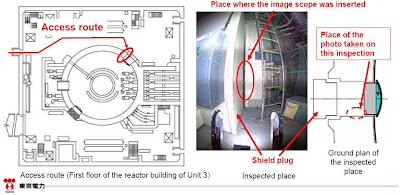


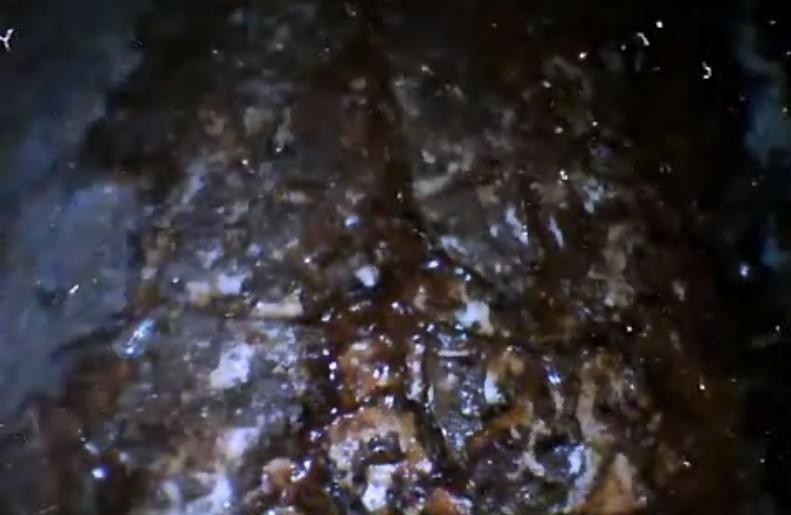
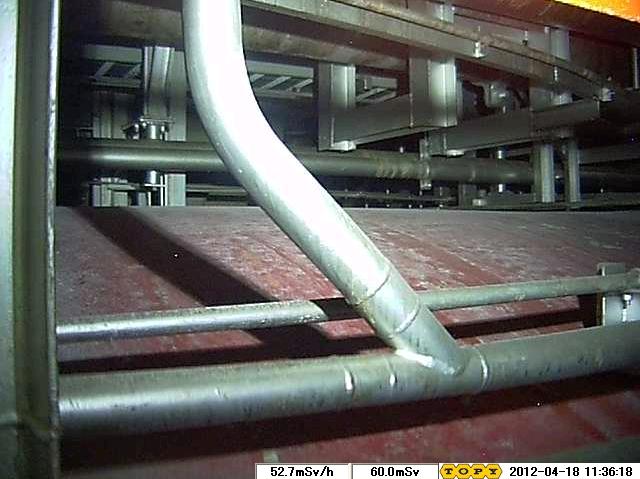
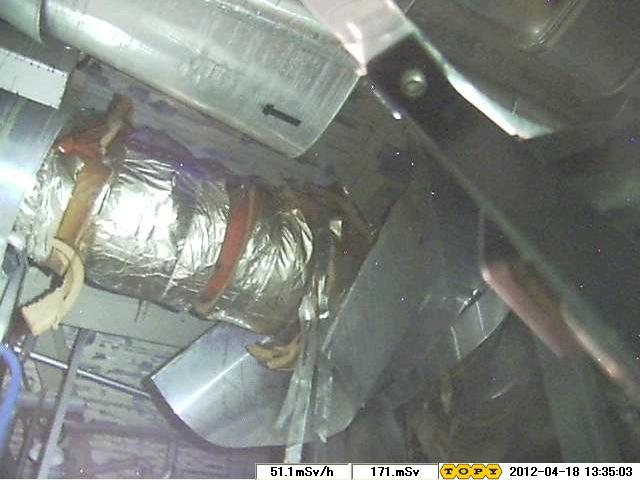
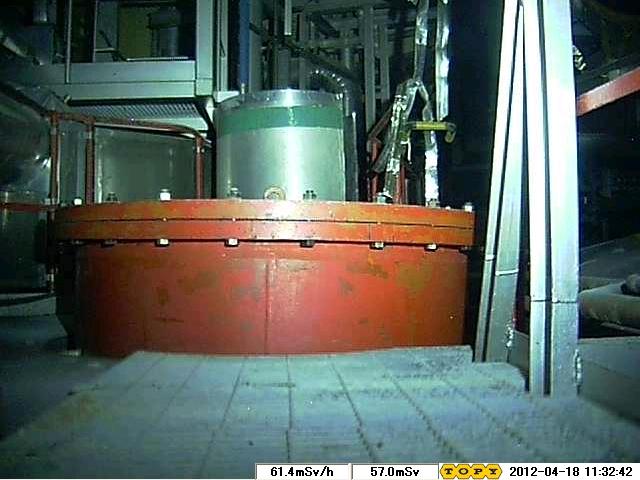
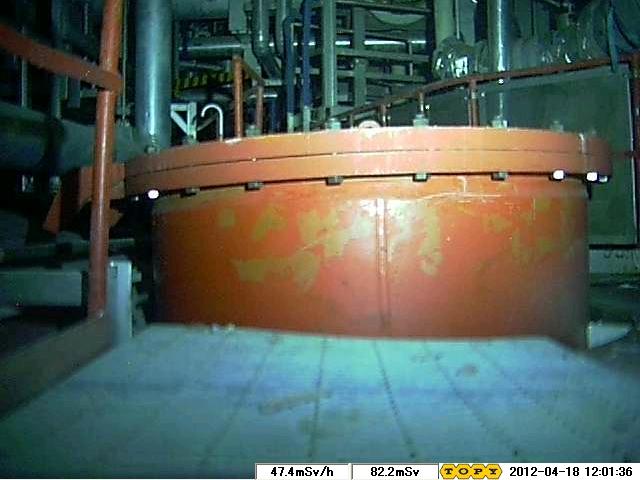
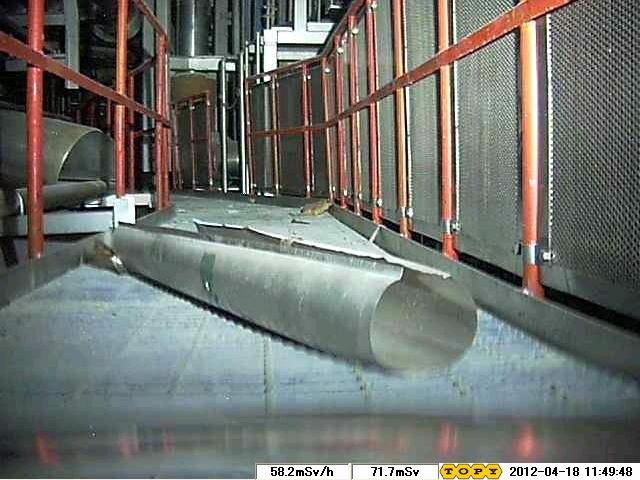
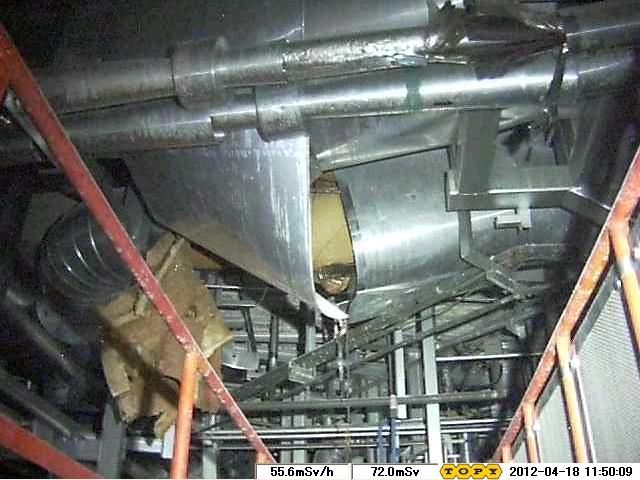
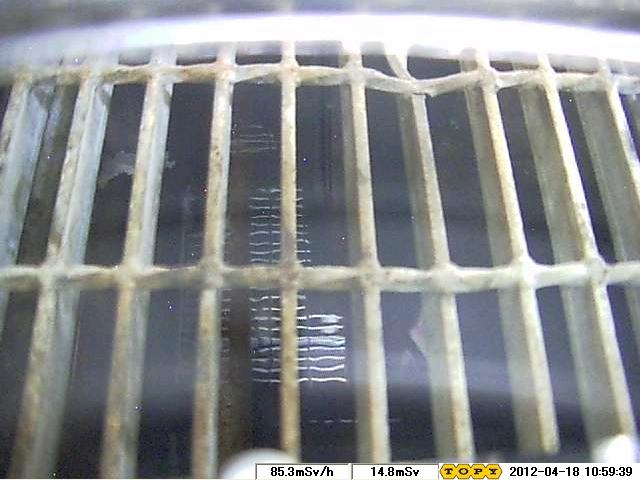
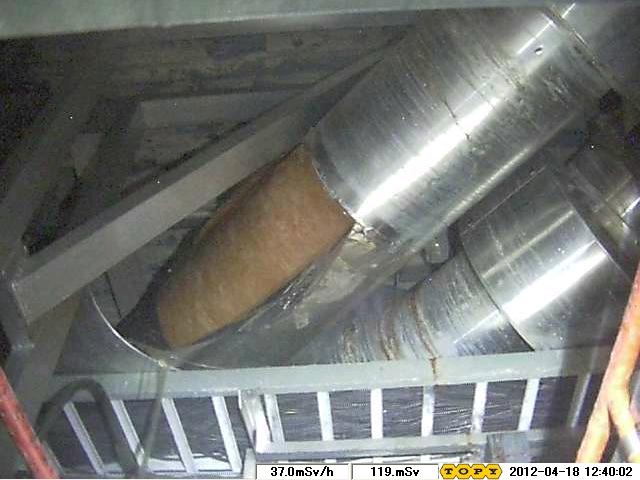



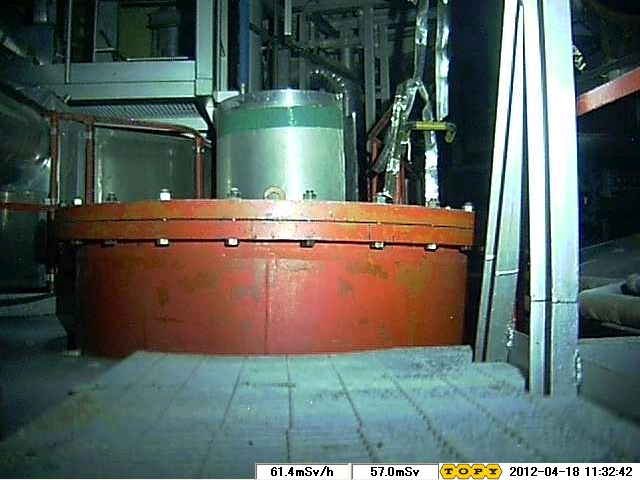



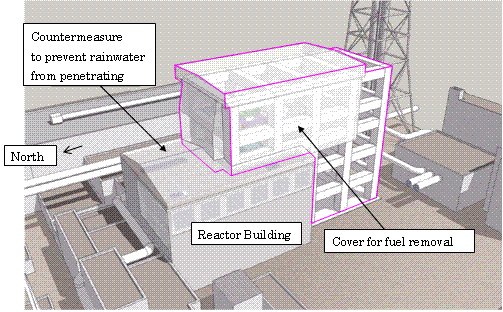









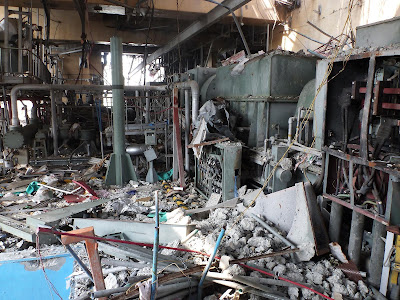










 Tokyo Time
Tokyo Time
![[Most Recent Quotes from www.kitco.com]](http://www.kitconet.com/charts/metals/gold/t24_au_en_usoz_2.gif)

